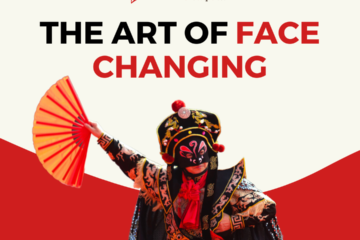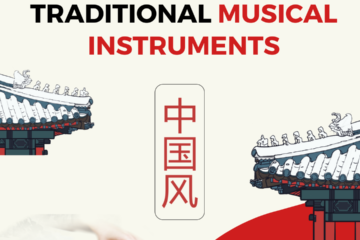Authors: Matteo WeiJian Hu, Riccardo Hu
If you ever went to a Chinese restaurant or just any shop in Chinatown for whatever reason, you’ve probably already seen this cat figurine placed by the cash register. It is the fortune cat, usually made of ceramic or plastic, and it’s known everywhere in Japanese and Chinese cultures.
The meaning behind the cat varies depending on which paw is raised. The raised left paw represents a welcoming gesture attracting people and clients, and it is usually used in restaurants or shops. On the other hand, the raised right paw implicates luck and fortune. Because of the distinct significance, many business establishments use a waving cat with both paws raised.
Although it is often called “Chinese waving cat”, the origin of the figurine is purely Japanese. Chinese people adopted it attracted by its auspicious message and made it a key object in the ancient Feng Shui art of arranging objects in the environment to achieve harmony and balance. According to the latter, the figurine should be placed in the south-eastern corner of the house, usually associated with wealth.
Numerous popular legends surround the actual origin of the statue. The most famous one narrates about a wealthy man who, one day, took shelter from a rainstorm under a tree. He soon noticed a cat that seemed to be beckoning to him, so he decided to follow the cat, reaching a temple. Shortly thereafter, the tree he had been standing under was struck by lighting. The man was so filled with gratitude that he became a benefactor of the temple. After he passed away, they made a statue of the cat in his honour.
Another famous folktale tells about the owner of an impoverished shop who took in a starving stray cat, despite barely having enough to feed himself. The cat started to sit in the front of the store, beckoning customers and thus bringing prosperity as a reward to the charitable proprietor and becoming a symbol of fortune to the business owners.


